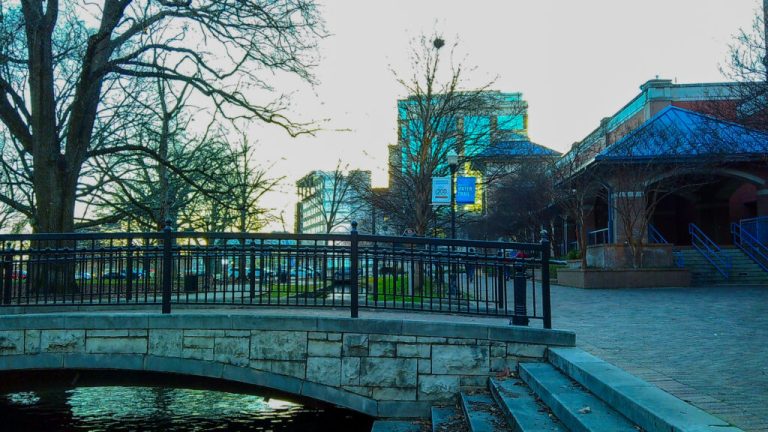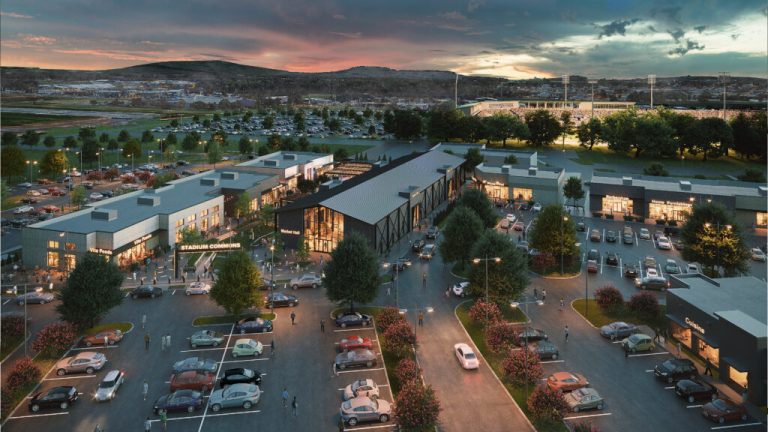Reviewed by: Lisa Battles
Here’s how the latest Saharan Air Layer will affect Alabama
Reading time: 3 minutes

This week, people in the Southeast and along the Gulf Coast should expect to see some differences in our sunrises and sunsets as a result of the Saharan Air Layer, a cloud of dust approximately 2,000 miles wide that has traveled from the Saharan Desert.
While this is a normal occurrence, it can vary in severity and intensity each year. Here’s what to expect this year:
What to expect from the Saharan Air Layer

First, let’s get something clear: the Saharan Air Layer is not a harmful weather event. However, it can affect some of the weather we experience here in Alabama.
According to WAAY-31 meteorologist Grace Anello, the Saharan Air Layer has a direct effect on our hurricane formations, sunrises and sunsets.
“For hurricanes to form you need a stormy disturbance, abundant moisture in the atmosphere and specifically water in the ocean warmer than 80 degrees. When the Saharan dust comes into the region, it has two effects: it blocks and scatters the sun’s rays so the water doesn’t get quite as hot; but it is also sand, so it absorbs the moisture in the air, which makes for much weaker hurricanes.”
Grace Anello, WAAY-31 Morning Meteorologist
Colorful sunsets from desert dust

The dust is so high in the atmosphere that it will not affect air quality here in Alabama, but will cause some hazy skies and colorful sunsets across the Gulf Coast.
Anello said each dust particle reflects the sun’s light and its rays, which scatters the light field across the sky. This leads to more vibrant colors in the sky, including pinks, reds and oranges at sunrise and sunset.
“This is my favorite part. We see more vibrant sunrises and sunsets because the dust particles act as a prism, very similar to what happens with rainbows.”
Grace Anello, WAAY-31 Morning Meteorologist
According to AccuWeather, the dust plume is expected to reach south Florida by the afternoon or evening of June 4, then push further north to the rest of Florida and parts of Georgia and South Carolina by June 5.
It should reach Louisiana, Mississippi and Alabama by the end of the week.
Stay in the know, Huntsville! Follow Hville Blast on Facebook, TikTok, Threads and Instagram, and be sure to subscribe to our newsletter.



